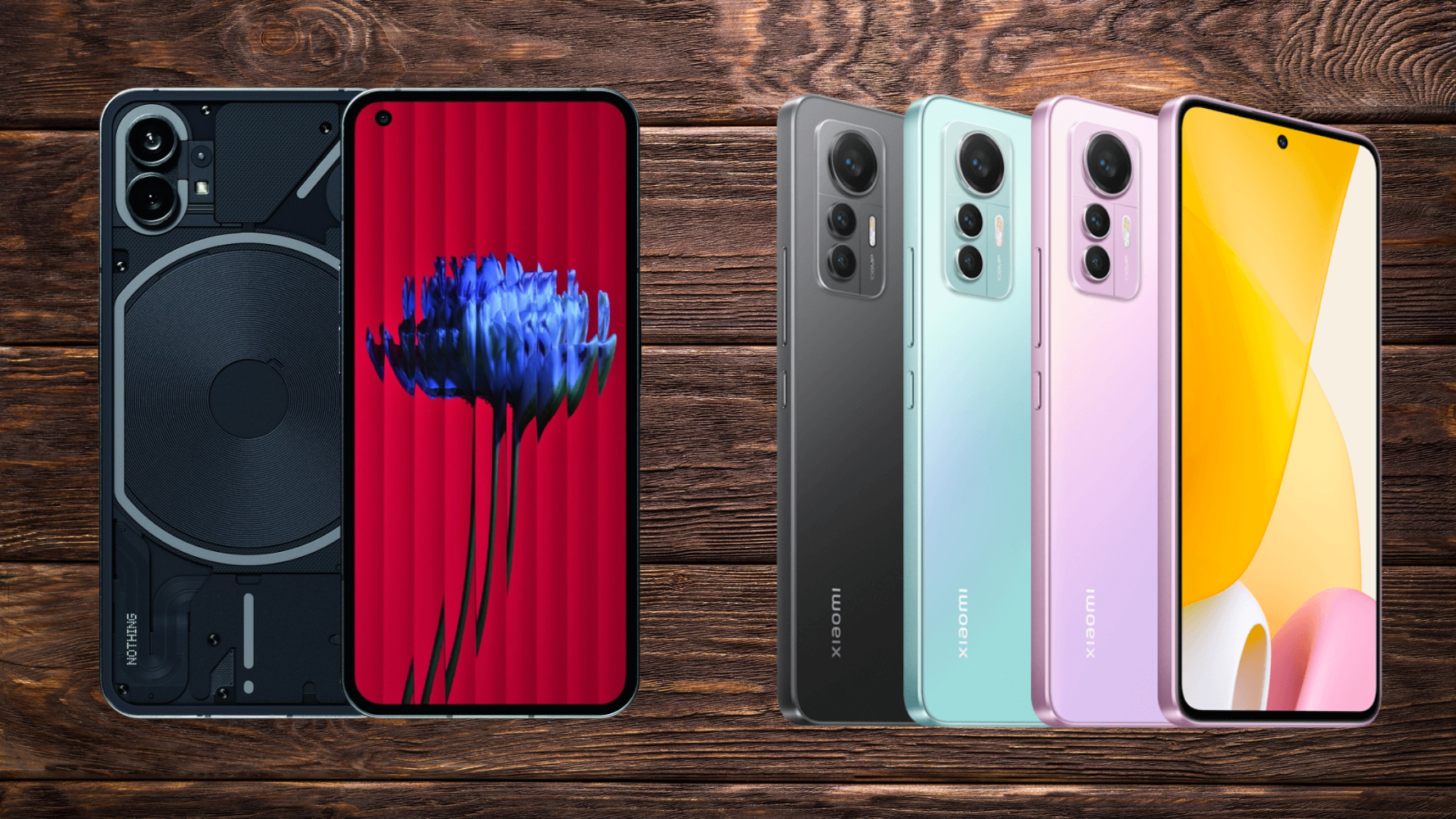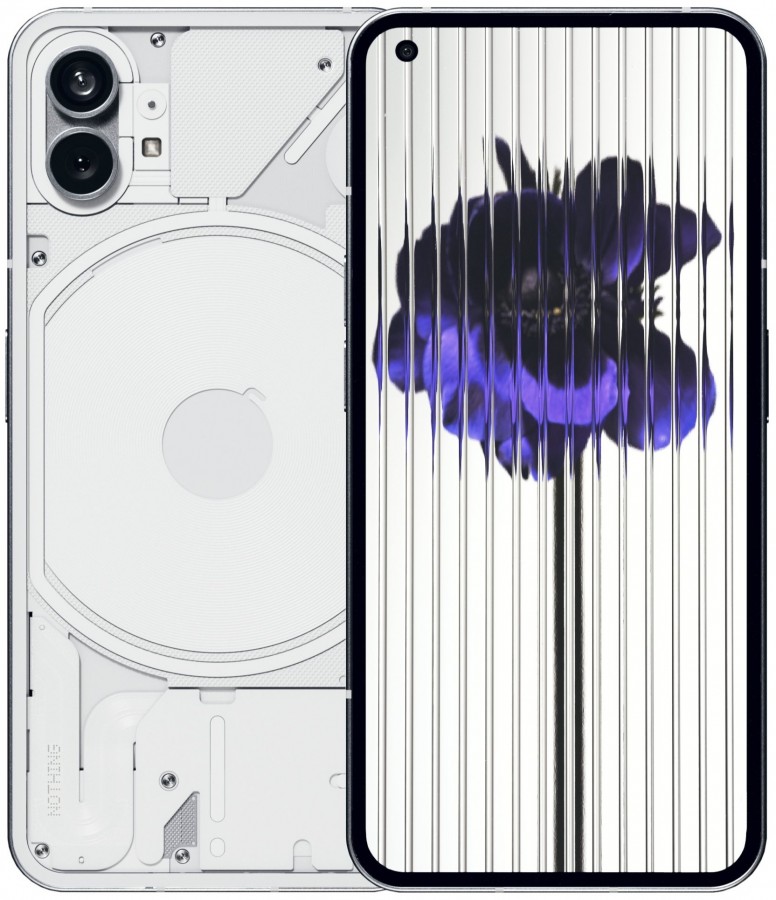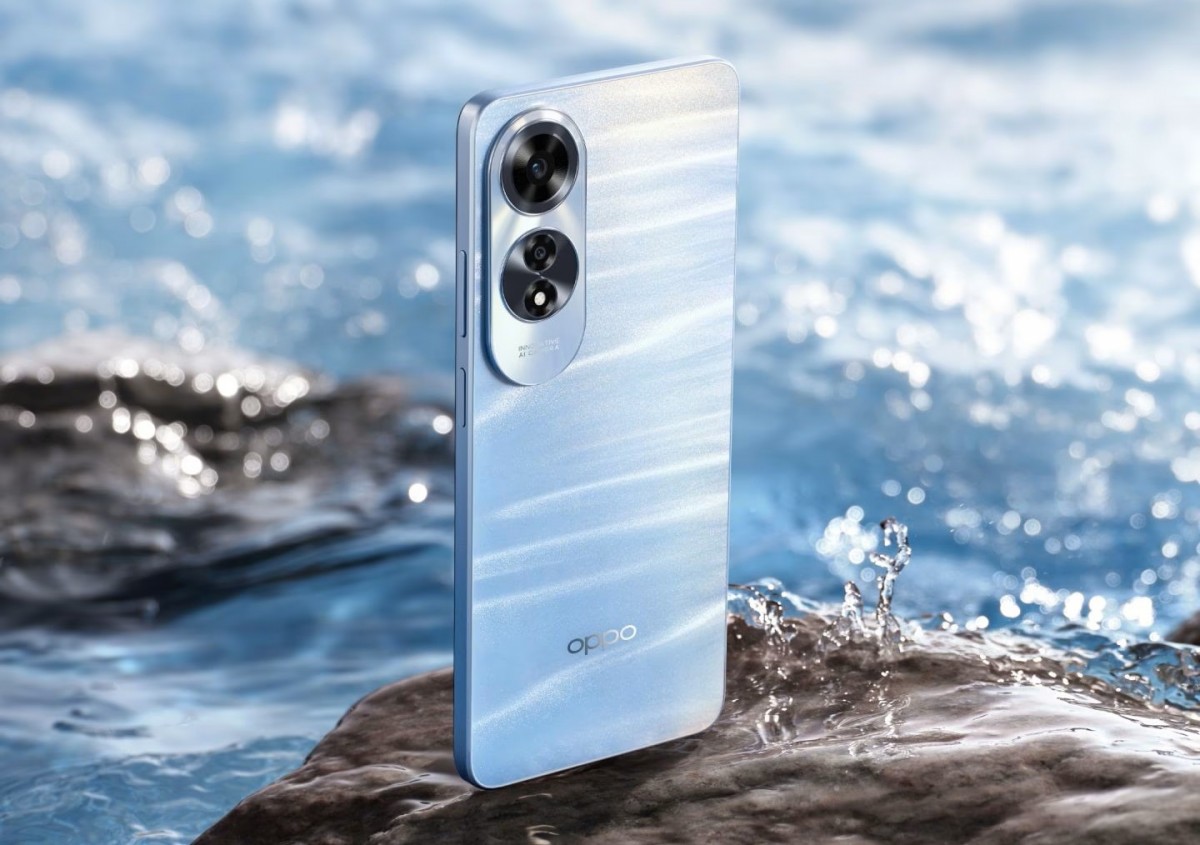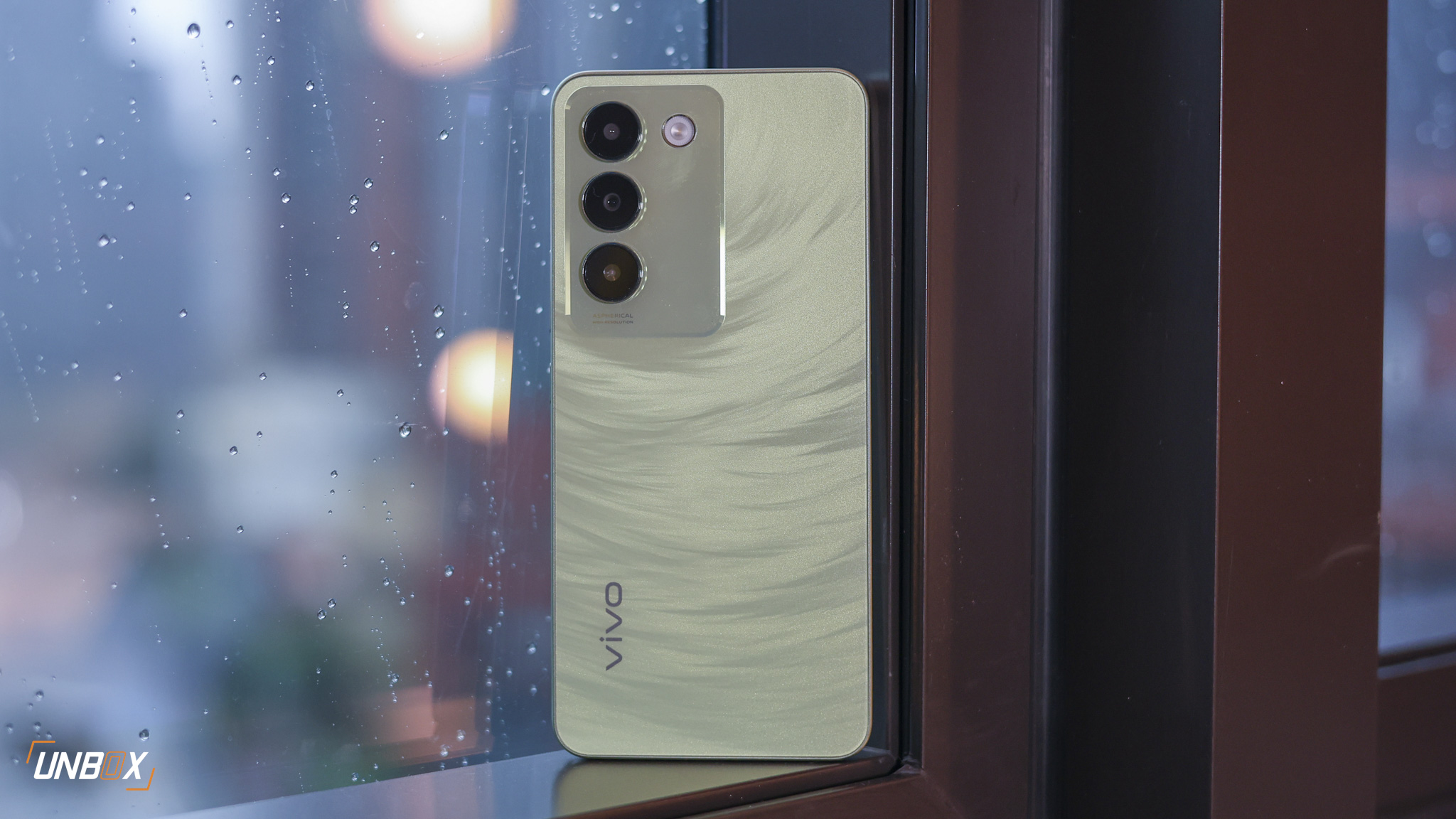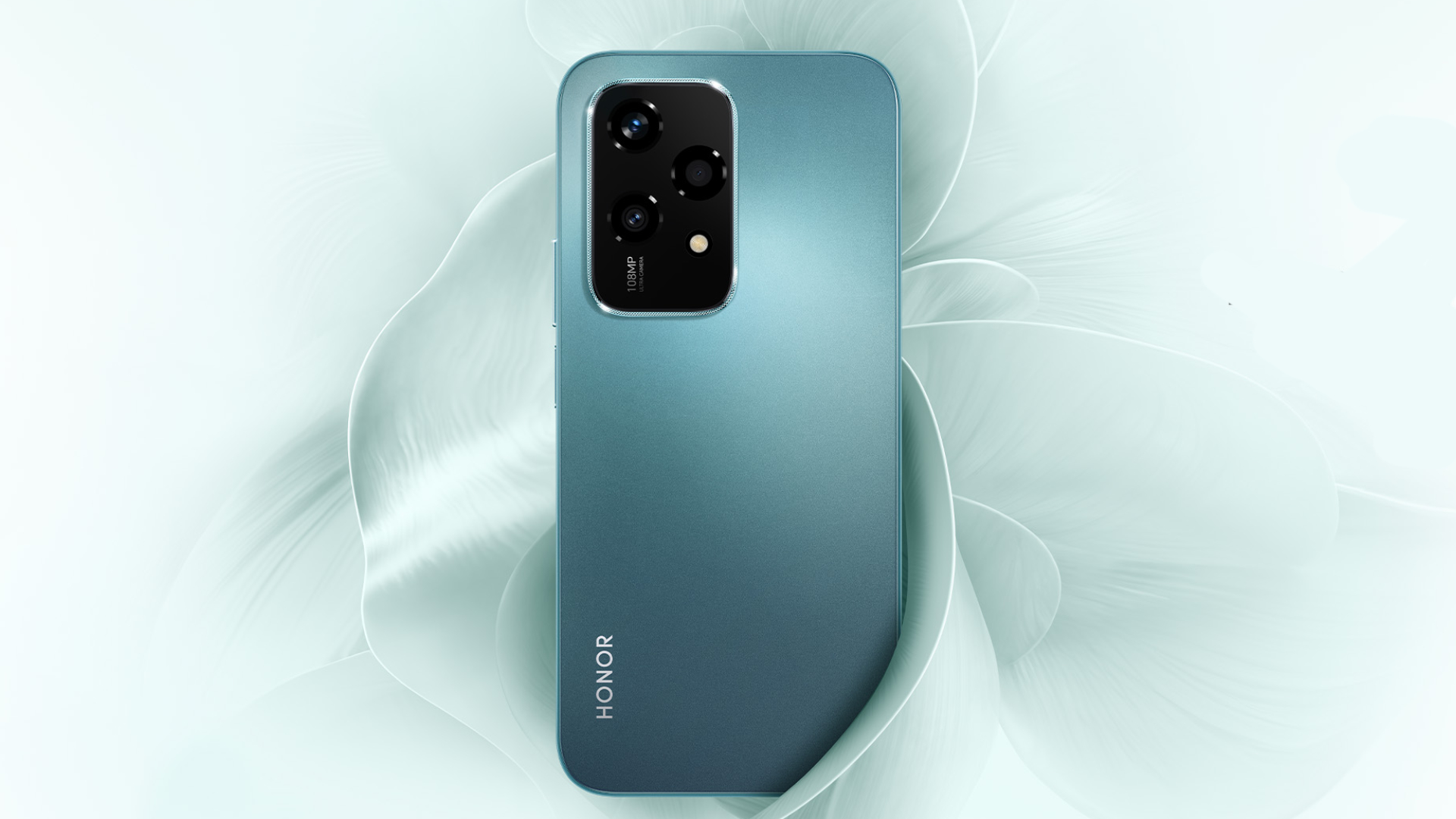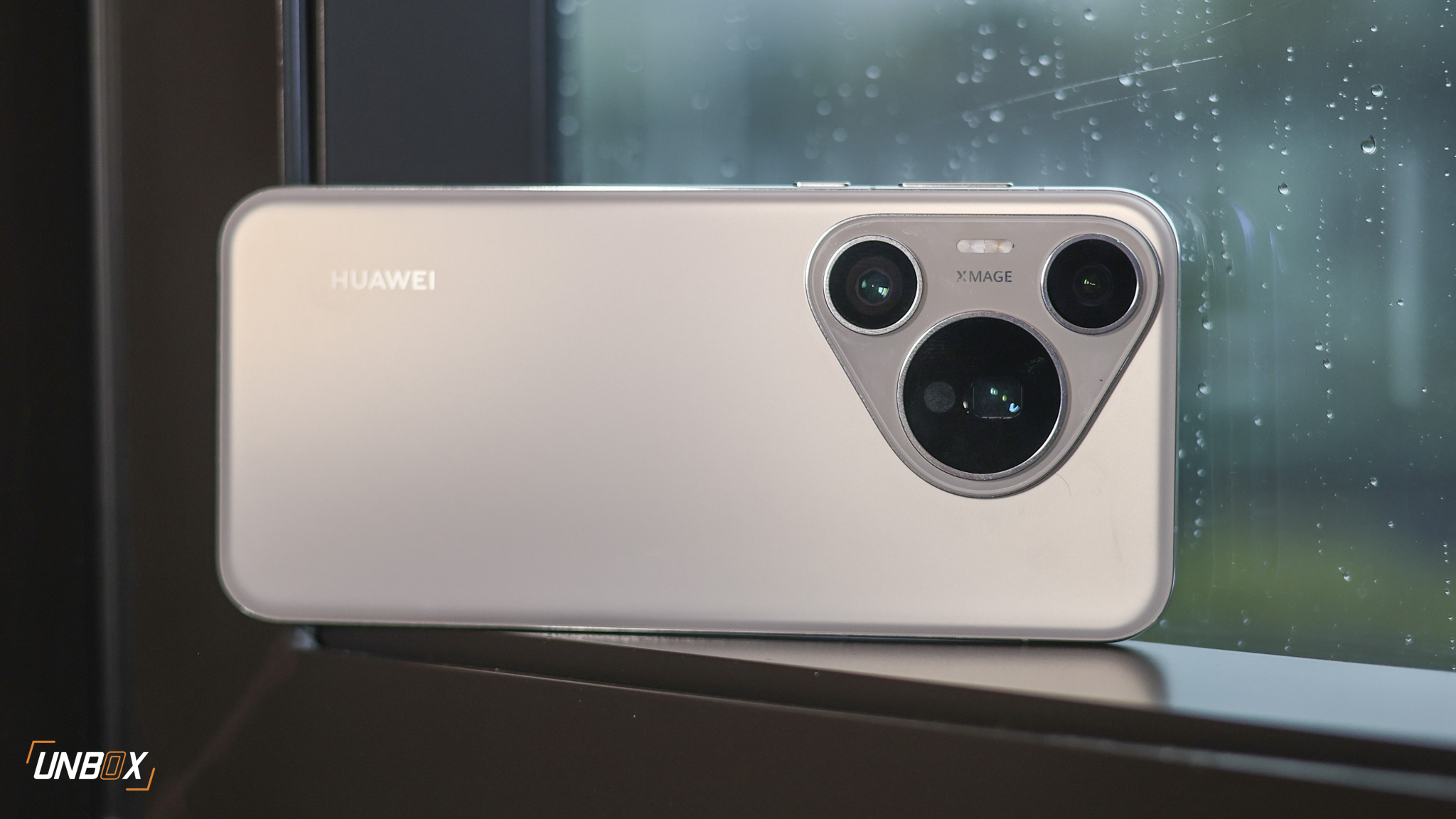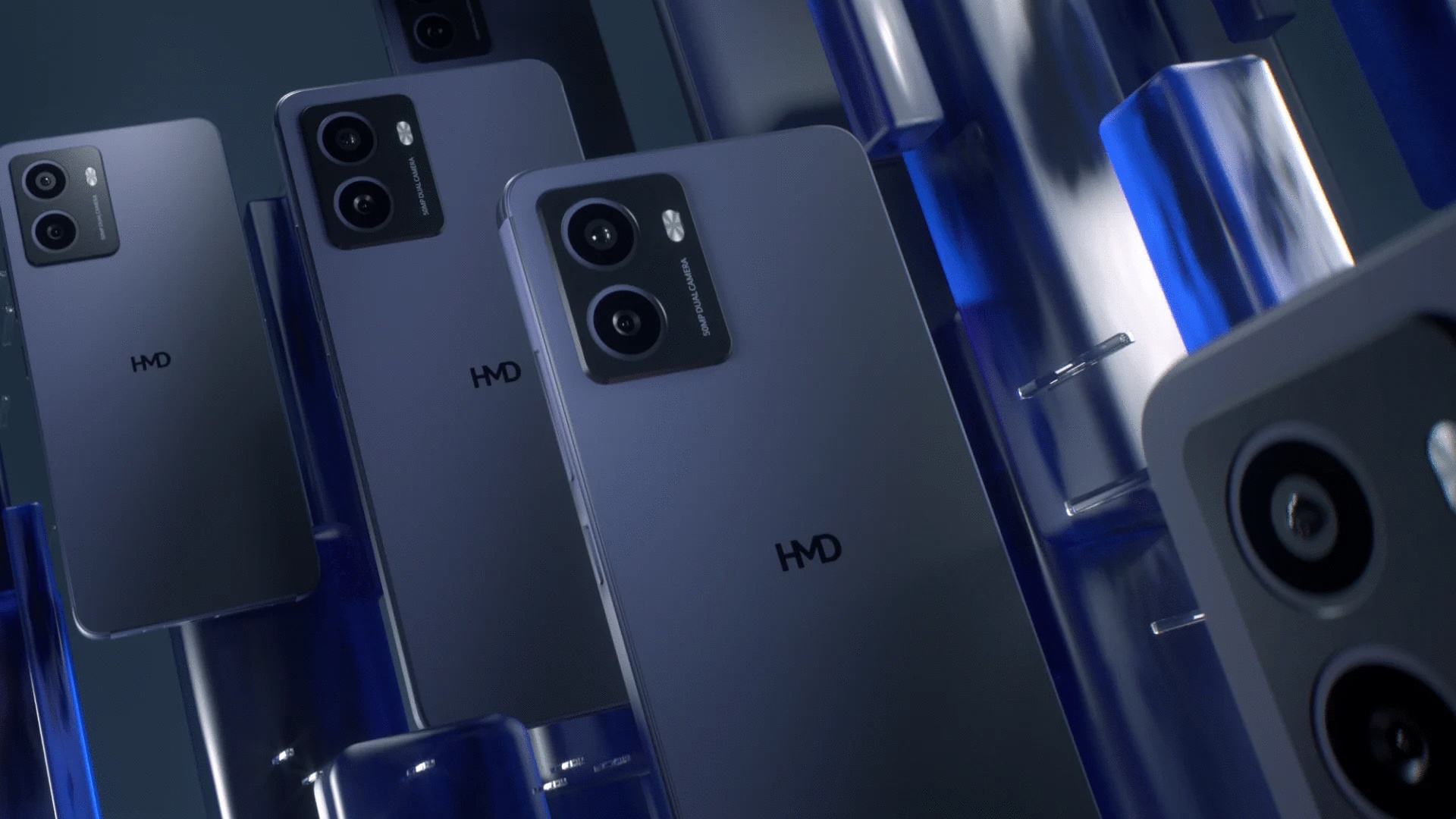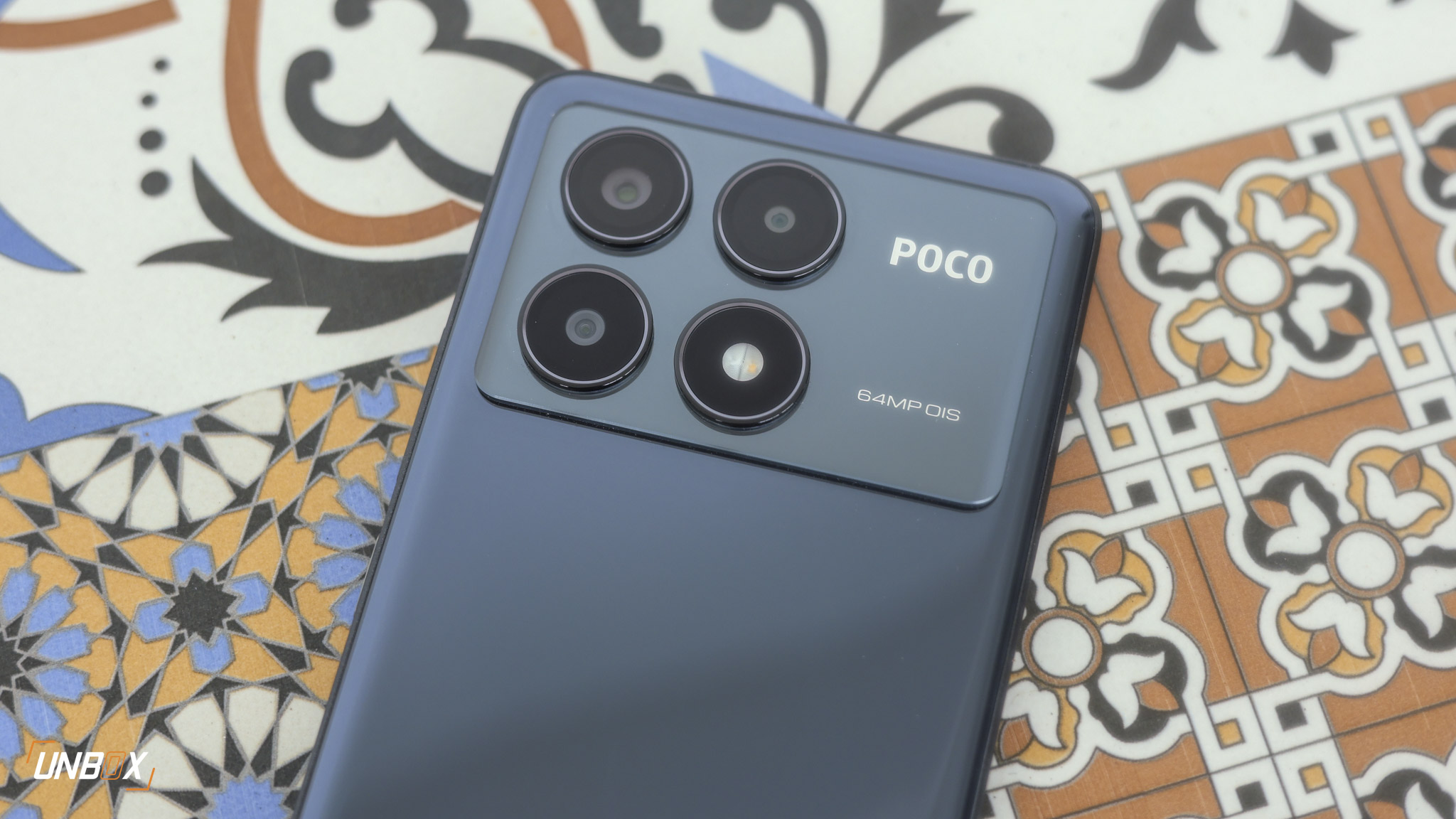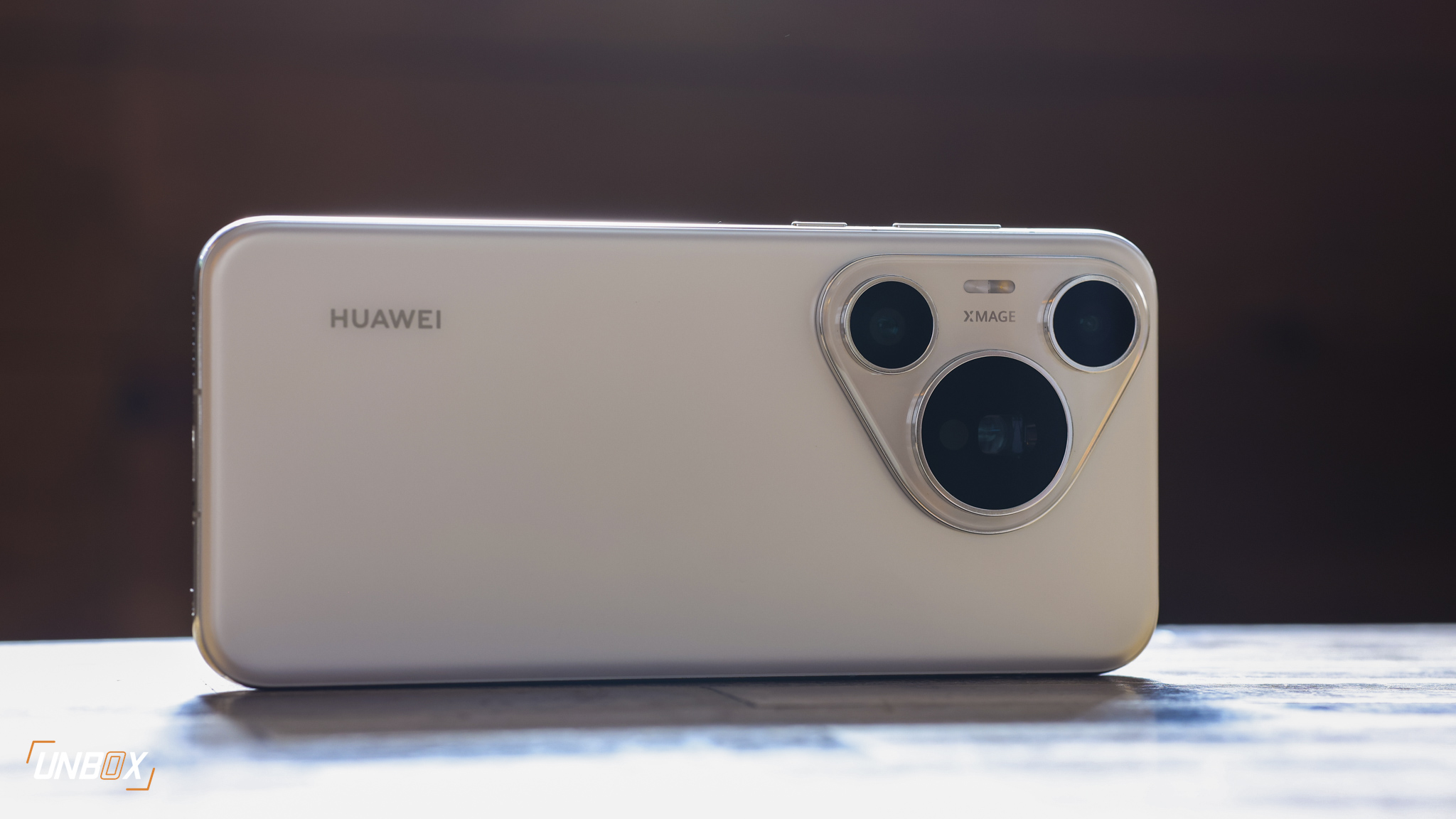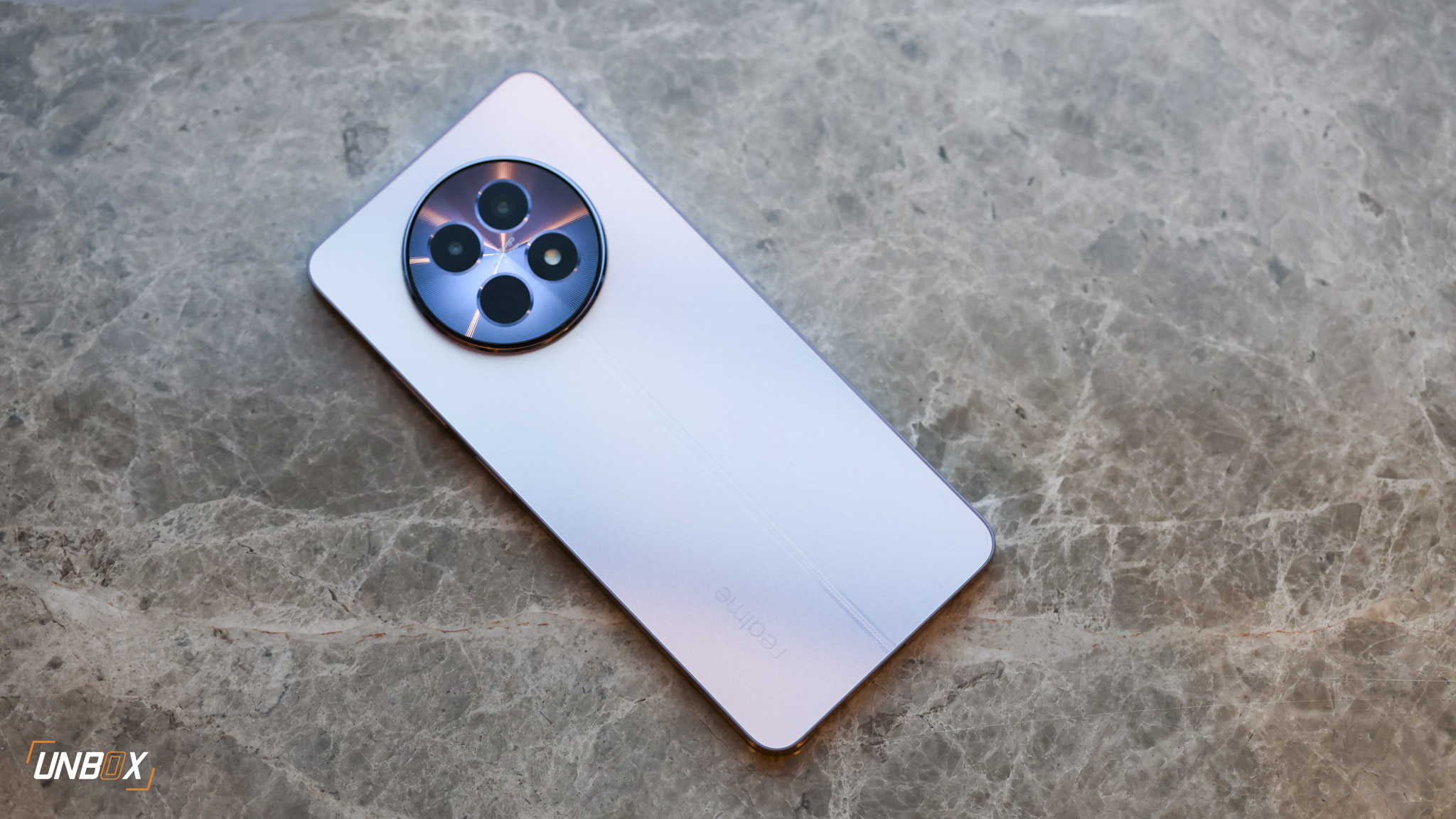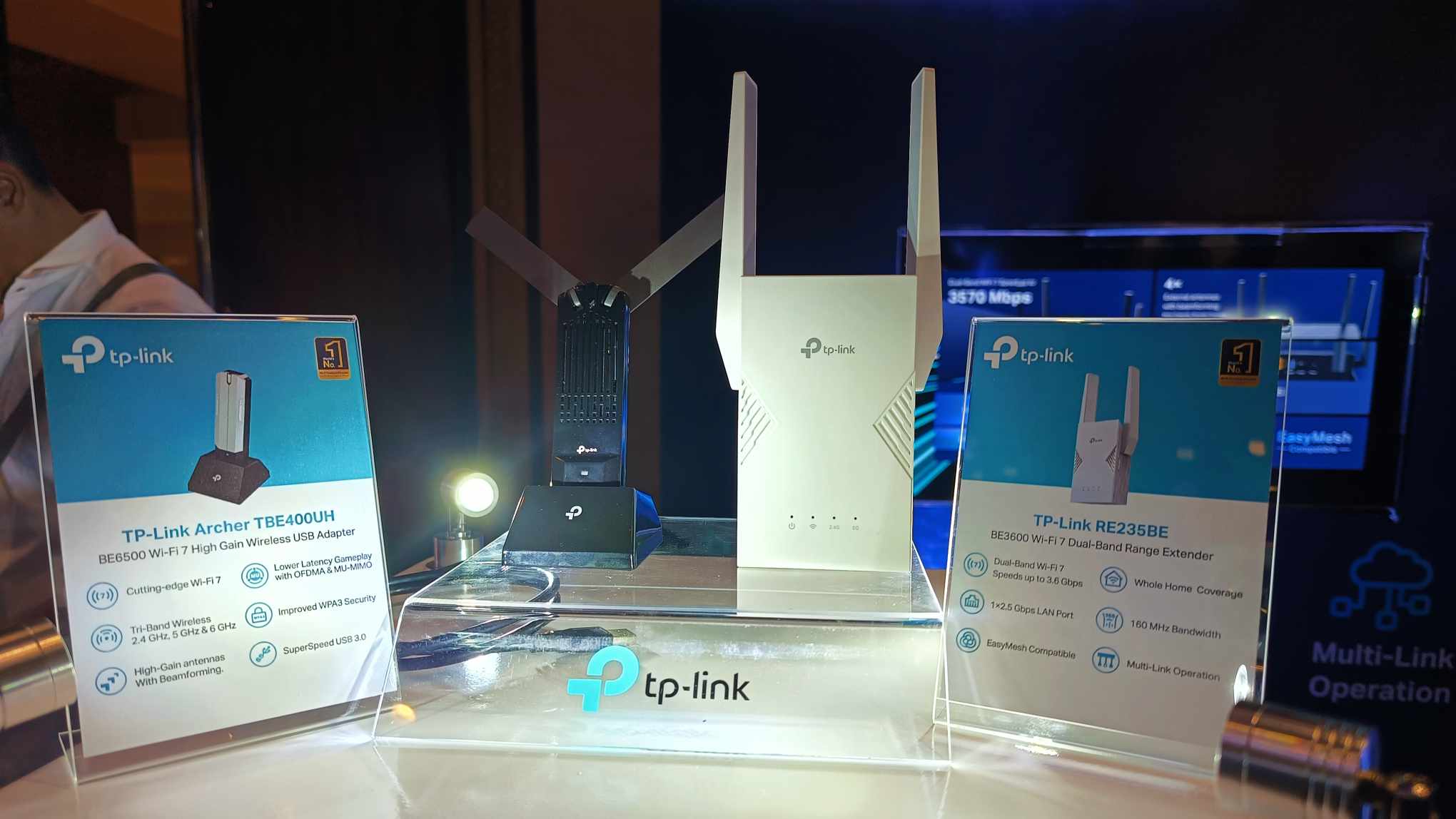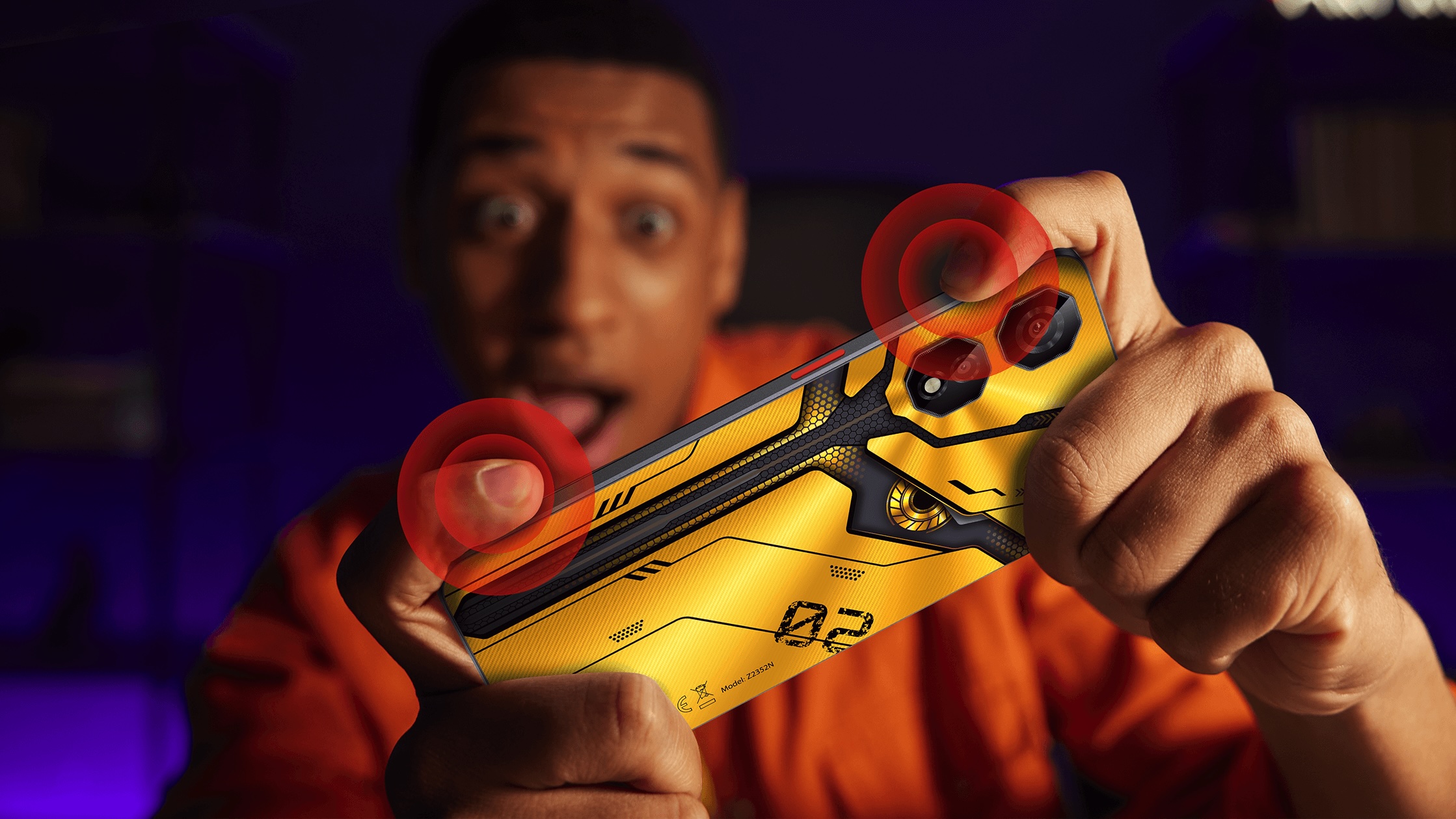With Nothing finally unveiling the Phone (1), it’s clear that the young brand is not set to compete in the flagship segment. Instead, it wants to go head-to-head in the premium mid-range segment. With that in mind, the main rival of the Nothing Phone (1) is the Xiaomi 12 Lite.
We compare the two phones side-by-side and see how they go against one another:
Nothing Phone (1) Specs
- Snapdragon 778G+ processor
- 8GB/12GB LPDDR5 RAM
- 128GB/256GB UFS 3.1 storage
- 6.55-inch Full HD+ Flexible OLED display, 120hz refresh rate, 10-bit color
- 50-megapixel f/1.88 IMX766 main camera with PDAF and OIS, 50-megapixel f/2.2 ISOCELL JN1 ultra-wide-angle camera
- 16-megapixel f/2.5 IMX471 selfie camera
- 4G, 5G
- WiFi, Bluetooth 5.1, in-display fingerprint scanner
- Stereo speakers
- 4500mAh battery
- 33w wired charging, 15w wireless charging, 5w reverse wireless charging
- Android 12, Nothing OS
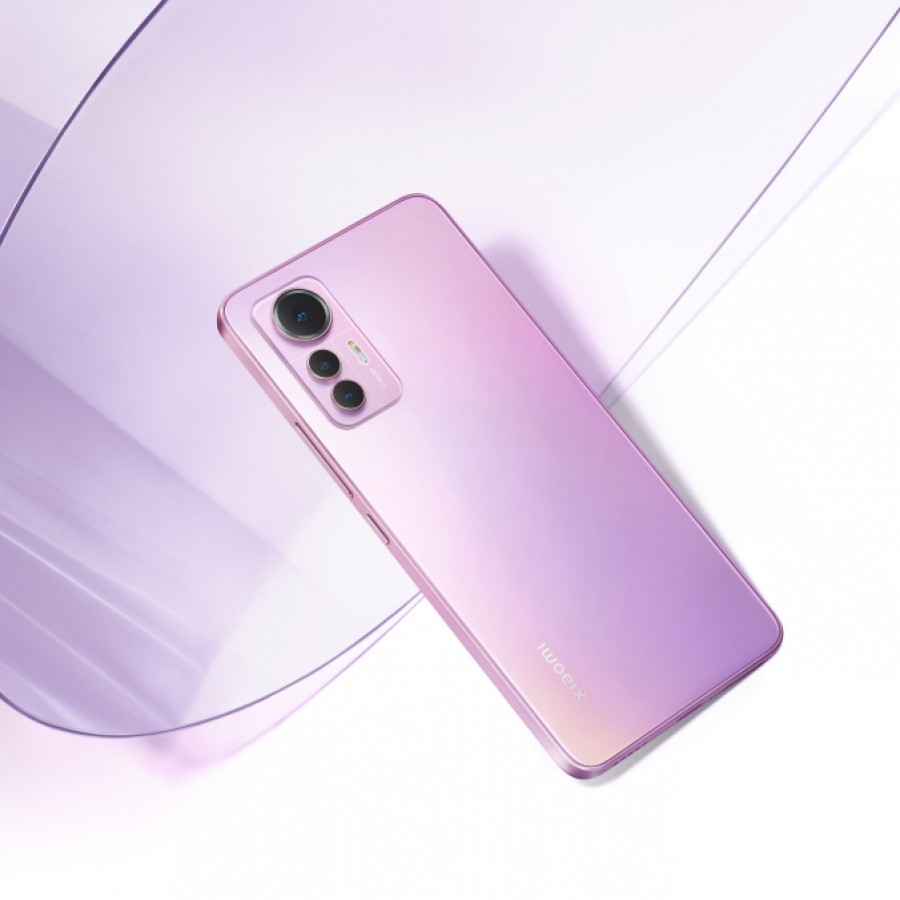
Xiaomi 12 Lite Specs
- Snapdragon 778G processor
- 6GB/8GB LPDDR4x RAM
- 128GB/256GB UFS 2.2 storage
- 6.55-inch Full HD+ AMOLED display, 120hz refresh rate, 10-bit color
- 108-megapixel f/1.79 ISOCELL HM2 main camera with PDAF, 8-megapixel f/2.2 ultra-wide-angle camera, 2-megapixel macro camera
- 32-megapixel f/2.5 ISOCELL GD2 selfie camera with AF
- 4G, 5G
- WiFi, Bluetooth 5.1, in-display fingerprint scanner
- 4300mAh battery
- 67w fast charging
- Android 12, MIUI 13
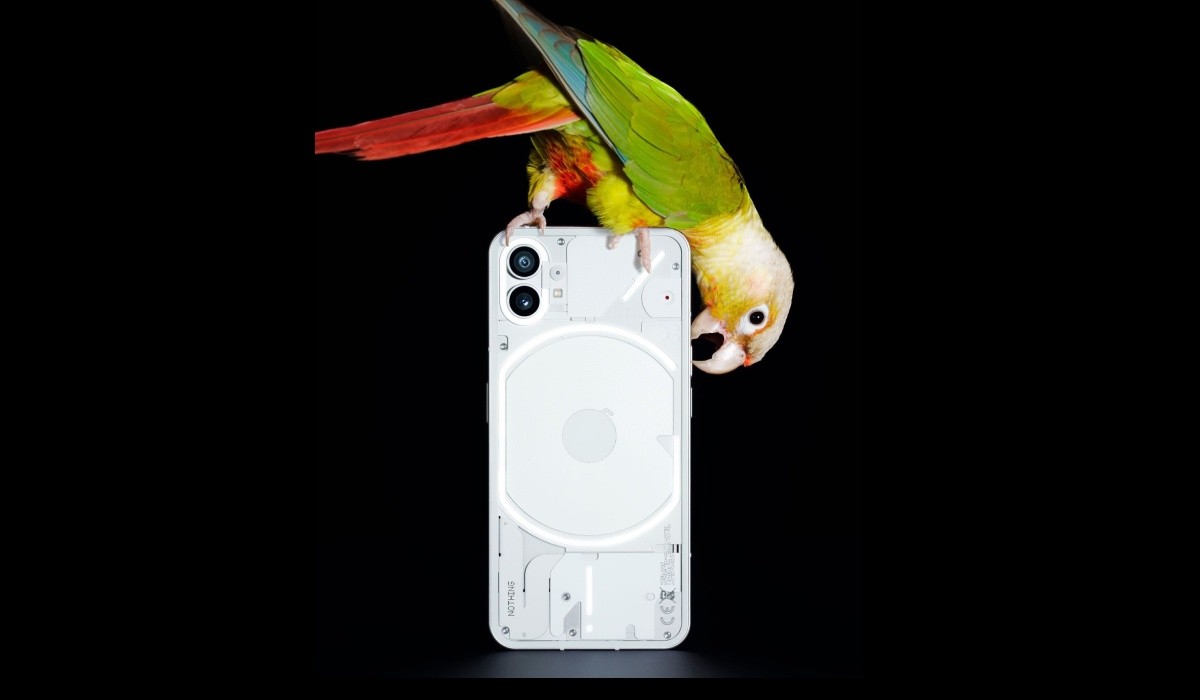
Design
The Phone (1) wins in the design aspect because of its unique approach to its back panel. Aside from sporting the transparent look, underneath it is a group of LED lights that are part of Nothing’s Glyph mode, where it can be programmed to do various things.
The Xiaomi 12 Lite borrows several styling cues from its more expensive siblings, though its camera module design is something we’ve seen in a number of phones.
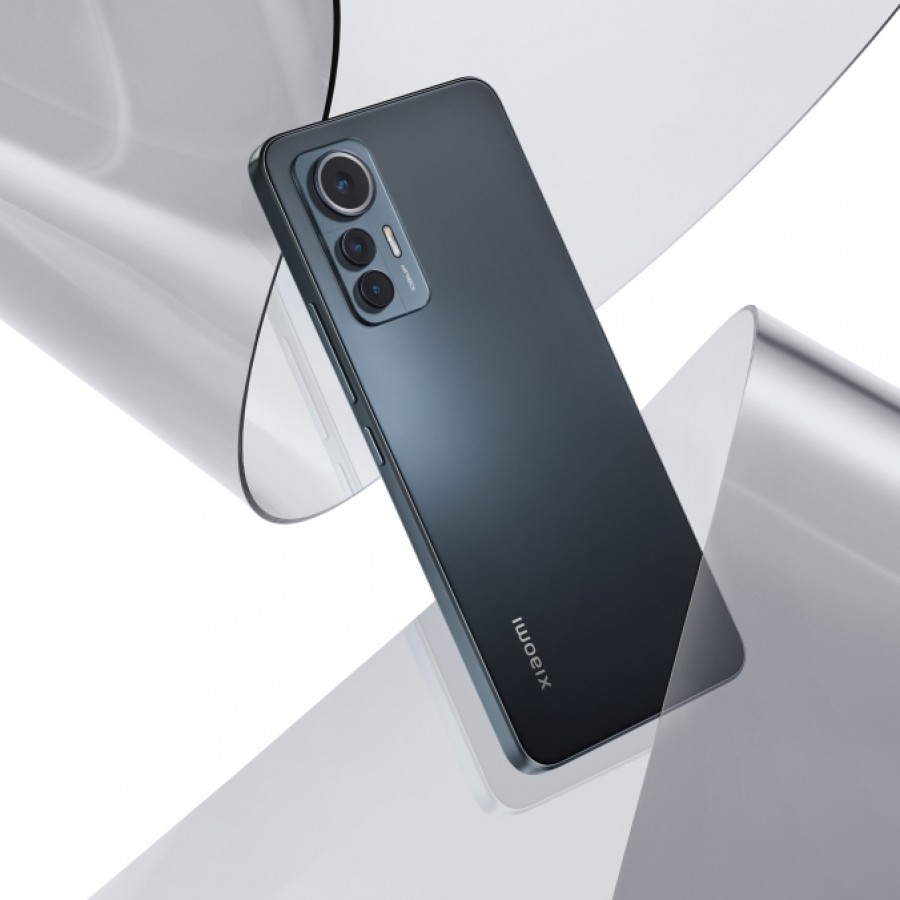
Display and speakers
Both the Phone (1) and 12 Lite go head-to-head in the display department, as both rock a 6.55-inch OLED panel that has a Full HD+ resolution, 120hz refresh rate, and an in-display fingerprint scanner. They are one of the best displays you can have for a premium mid-range phone, as they support 10-bit color. The Phone (1) also uses a more expensive Flexible OLED panel, which explains how it managed to get symmetrical bezels across all four sides.
The Phone (1) and 12 Lite also differ in the placement of the punch hole, along with the former being better by having a stereo speaker setup.
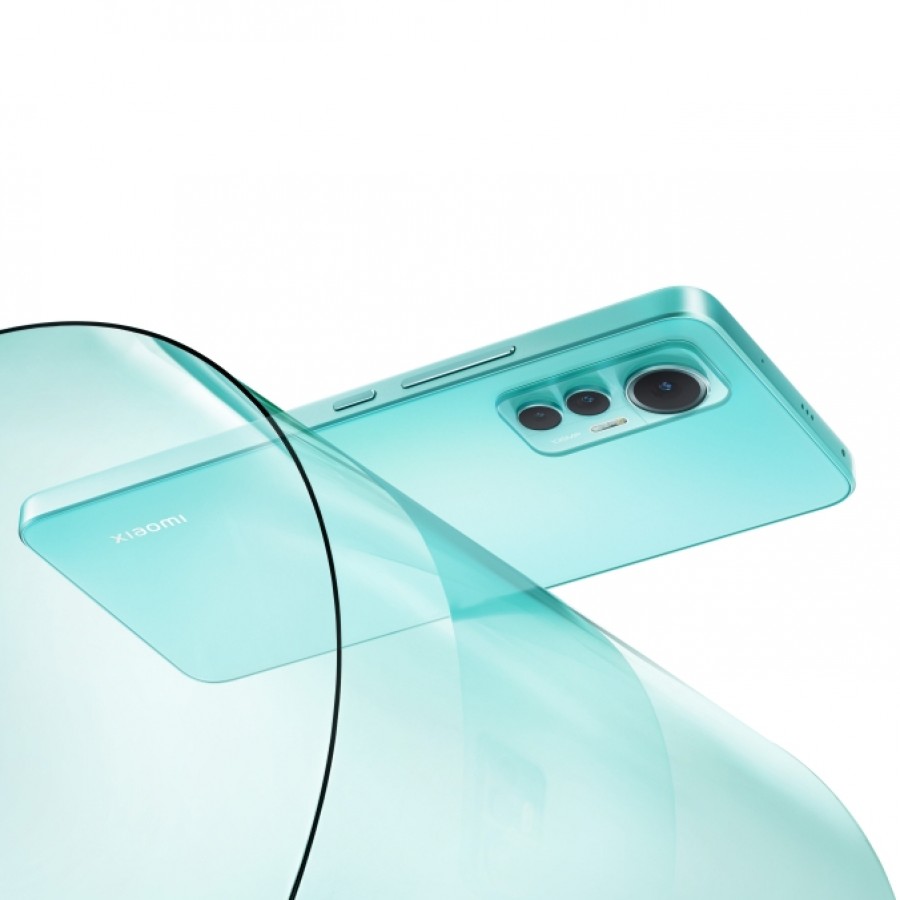
Cameras
While the 12 Lite features a triple rear camera setup–108-megapixel ISOCELL HM2 main camera, 8-megapixel ultra-wide-angle camera, and 2-megapixel macro camera, the Phone (1) has better hardware with its dual 50-megapixel cameras: one being an IMX766 sensor with OIS and EIS, and the other being a ISOCELL JN1 ultra-wide-angle camera.
The 12 Lite, however, boasts a superior selfie snapper with its 32-megapixel ISOCELL GD2 with autofocus–a very rare feature for selfie shooters.

Internals and battery
The Phone (1) has a slight edge over the 12 Lite as it uses the newer Snapdragon 778G+ processor, which has higher CPU clock speeds than the non-Plus version used on the 12 Lite, The Phone (1) also offers a variant with 12GB RAM, further making it having a better set of internals over the 12 Lite.
The regular Snapdragon 778G is a tried-and-tested processor, being able to match older flagship chips, so it remains to be seen what performance gains does the Snapdragon 778G+ has to offer.
While the 12 Lite offers faster charging speeds at up to 67w, the Phone (1) makes up for it with a slightly bigger battery at 4500mAh (vs the 12 Lite’s 4300mAh), along with support for wireless and reverse wireless charging.
Price
Despite the differences, they do go head-to-head in terms of pricing: The Nothing Phone (1) starts at £399 (~Php 26.7k) for the 8GB/128GB, while the Xiaomi 12 Lite is priced at $450(Php 25.2k) for the same RAM/Storage variant. The Phone (1) justifies its higher pricing for its use of a flexible OLED panel, a newer processor, and a dual 50-megapixel camera setup.


